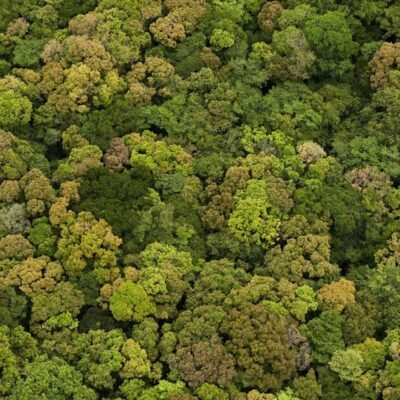On Saturday a new exhibit opened in the National Archives Building, Power & Light: Russell Lee’s Coal Survey. It will run in the Lawrence F. O’Brien Gallery until July 6, 2025. This exhibit features more than 200 of Russell Lee’s photographs of coal miners and their families.

Russell Lee (1903–86) was a photographer who spent his early career working for the federal government. Starting during the Depression and working through the post–World War II years, Lee often documented harsh living conditions and the difficult circumstances facing Americans in the 1930s and 1940s.
He was known for having compassion for his subjects, which came out in his photographs. Despite whatever hardships they were facing, Lee’s photographs show his subjects’ strength, dignity, and humanity.

In 1936, Lee was hired for his first major federally funded assignment—it was a documentation project that would eventually be administered by series of government agencies: the Resettlement Administration (1935–37), the Farm Security Administration (1937–42), and the Office of War Information (1942–44). Other notable photographers on the project included Dorothea Lange, Arthur Rothstein, Walker Evans, Jack Delano, and many others.
The project was created to document loans that the Resettlement Administration made to farmers and the construction of planned communities but later was expanded to include sharecroppers in the South and migratory agricultural workers in the Midwest and Western states. By the time of its completion, it had become the most extensive photographic collection documenting life in the United States during the Depression as well as mobilization efforts in the build up to World War II.
Lee worked on the project from 1936 to 1942, traveling the country photographing both rural and urban America. Lee was assigned to the Midwest and Western part of the country, and his photos range from depictions of Spanish-speaking people in Texas, rural homesteaders in Pie Town, NM, and Jim Crow–era Oklahomans.

As part of this project, Lee also photographed the forced relocation and incarceration of Japanese Americans after Executive Order 9066 went into effect in 1942. He captured images of Japanese Americans in California, Oregon, and Idaho preparing for their removal, waiting to be transported to assembly centers, and the living and working conditions in the labor camps.

For the remainder of the war, Lee was part of the Overseas Technical Unit of the Air Transport Command in the U.S. Air Force. Lee took photographs documenting the daily lives of airmen, their equipment, and places they served. He also photographed airfields and flight routes used by the command to support supply efforts to the Allied troops.
Lee’s next big project, and the topic of the National Archives Power & Light exhibit, came after the war. It was Lee’s last, large federally funded photo documentation project. In 1946 the Truman administration made a promise to striking coal miners that if they resumed work, the federal government would sponsor a nationwide survey of health and labor conditions in mining camps. Lee became an instrumental member of the survey.
Lee’s survey photos give an unprecedented accounting of medical, health, and housing conditions in coal-mining communities. Located in remote areas, these communities were not normally accessible to outsiders. Lee’s photographs demonstrate the difficult circumstances in which miners and their families lived but also show us the strength and resilience of these mining communities.

The National Archives has the complete series of more than 4,000 images, the bulk of which were taken by Russell Lee. They feature mining communities in several states, including Utah, West Virginia, Colorado, Kentucky, Pennsylvania, and Wyoming.
His photographs cover a complete range of activities in mining communities including: interior and exterior shots of both company-owned and private dispensaries; miners at work; mining grounds, equipment, and wash houses; women in the home; children at play; recreation facilities, churches, schools, and clubs; scenes of mining townspeople in and around company stores and town streets; family portraits; members of the medical survey group inspecting grounds and speaking to mine company administrators; and local mine operators and union officials.
The images are great primary sources, particularly because of the way Lee documented his photographs. In his extensive cataloging, he recorded the elements and details of home, workplace, and community, giving us an even greater glimpse into the daily life of miners and their families.
The Department of the Interior used many of Lee’s photographs when it published the final report in 1947, “A Medical Survey of the Bituminous Coal Industry,” and its supplemental report titled “The Coal Miner and His Family.”

After his work on the coal survey, Lee spent the rest of his life in Austin, TX. He continued to take photographs and was an instructor of photography at the University of Texas at Austin until his retirement in 1973. Russell Lee died in 1986 at age 83.
Collections of Russell Lee’s photographs can be found in a number of repositories throughout the United States, including the Coal Survey photographs at the National Archives and Farm Security Administration/Office of War Information at the Library of Congress.
Power & Light: Russell Lee’s Coal Survey, is on exhibit in the Lawrence F. O’Brien Gallery of the National Archives Building in Washington DC until July 6, 2025.











